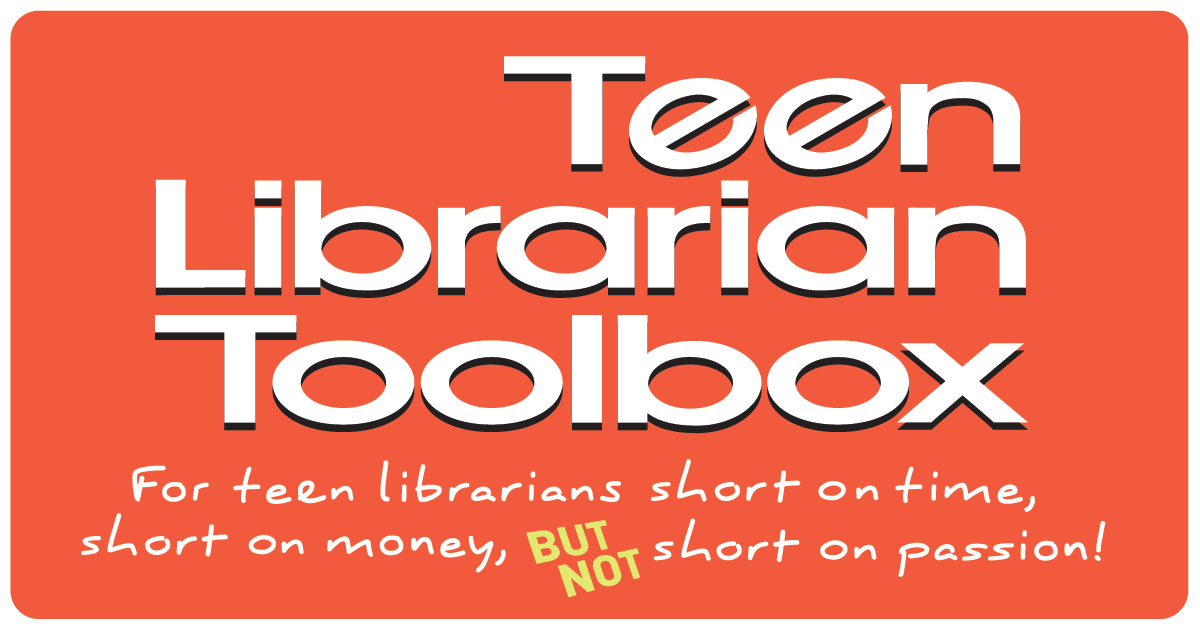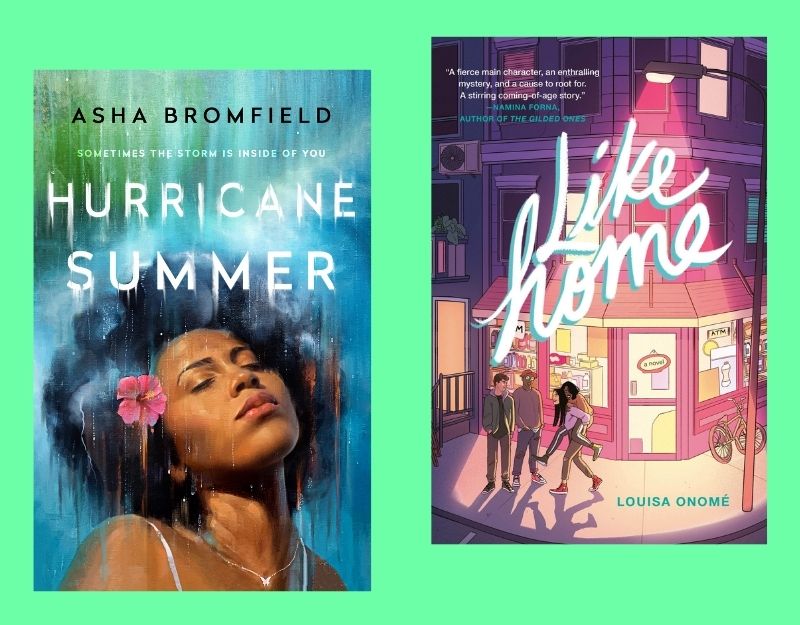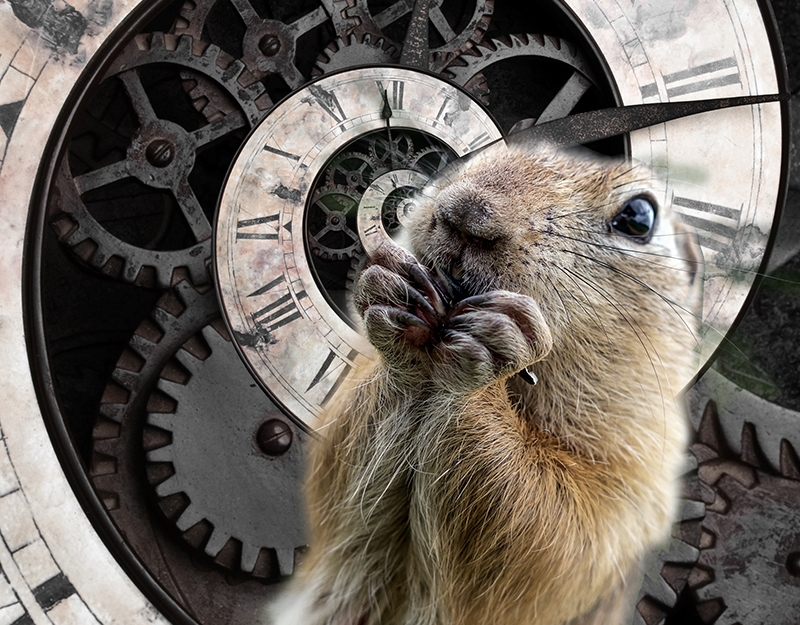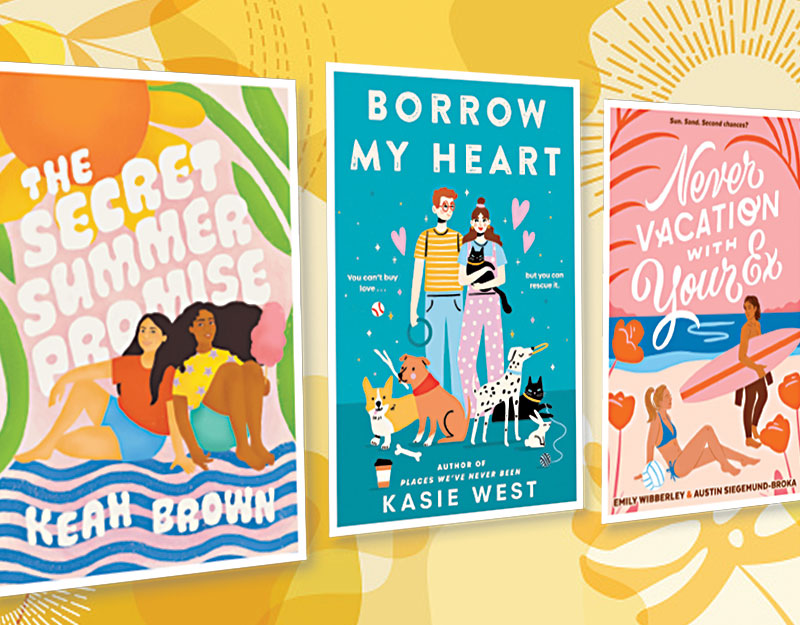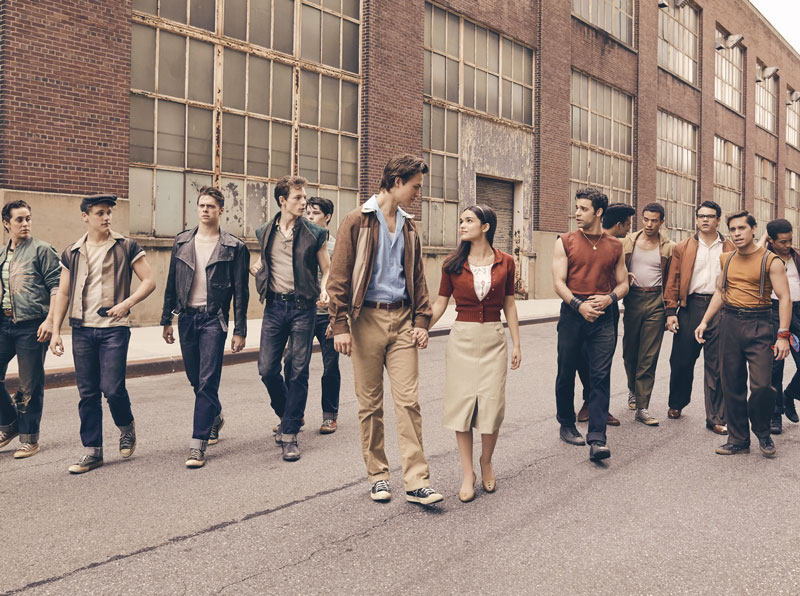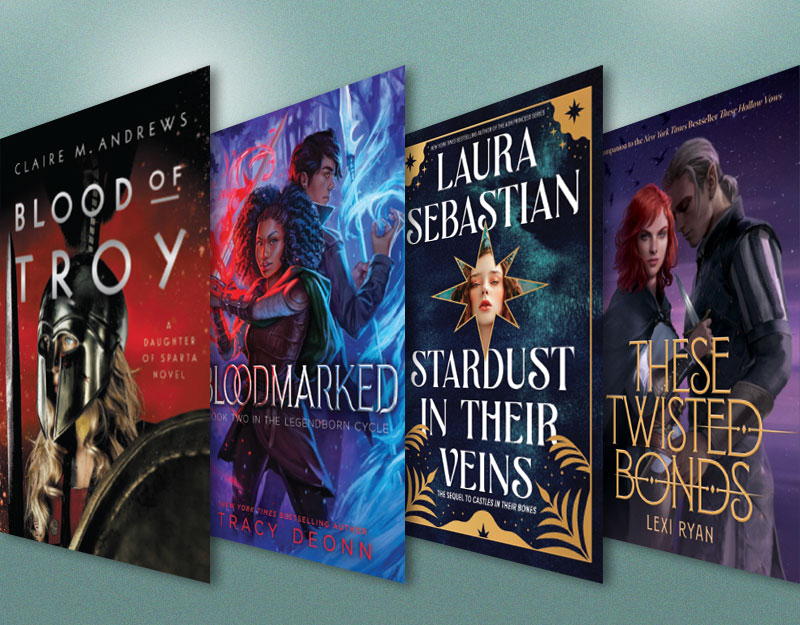How to Teach Kindness in a Post-Apocalyptic World, a guest post by Mike Rex

As I sit down to write this, the skies over New Jersey are yellow and orange, and thick with smoke from the Canadian wildfires. They look like the skies in LOW POWER: Your Pal Fred 2 (Viking, on sale 8/15/2023, ages 7-10).
How do you make the apocalypse funny?

As long as I’ve been making up stories, I’ve been setting them in a world that is somehow not what it once was. My first stories weren’t written but were played out with action figures in my backyard. The Planet of the Apes movies were huge with kids in the early 70s, and they told a story set somewhere in the future after the world had been…changed? As I played, down on my knees in the dirt, I didn’t know what “post-apocalyptic” meant, or what it even implied. I just knew that at some time in the future, the world was wrecked, and things were different. Things were worse.
ADVERTISEMENT
ADVERTISEMENT
Decades later, I wanted to make my own futuristic tale, but I wanted it to be for children. I knew I wanted it to be funny, and even cute, but that was a challenge. The truth is, the hardest part about writing a post-apocalyptic story for kids, is that the first thing you need to do is blow up the whole world. That’s neither funny, nor cute.
But what is it about this setting that I like so much? Is it drawing all the wrecked buildings and wind-blown deserts? Or maybe it’s the costumes and vehicles that all need to look cobbled together with anything that can be scavenged? Could be, because that’s all fun stuff to draw.
But what’s underneath this kind of story? To me, it’s an opportunity to show people at their best, even when the times are the worst. YOUR PAL FRED at its heart, is a fish out-of-water comedy. No matter what Fred does, he doesn’t fit in. He’s friendly when everyone else is mean. He keeps trying when everyone else wants to give up. He compliments his enemies. He writes thank-you notes to his captors. Comedy is about opposites and extremes. And when the world is falling apart, there’s nothing more extreme than someone who is cheery, hopeful and designed to teach kindness and sharing.

That was another important part for the Fred character. I didn’t want him to just “be” kind, I wanted him to be able to teach others. Sure, he could have led by example, and the characters around him could have followed his ways, but I have found that being didactic is really important with children. As a teacher, or a coach, I never told children to “behave” or “calm down” because that’s vague and open for interpretation. I told them “Sit at your desk” or “line up for a drill.” Children respond to the specific. So having Fred be able to say, “This is how you share” and then give a lesson in sharing, was key to the humor in this project.

On a side note, my two recent picture books FACTS VS. OPINIONS VS. ROBOTS and WANTS VS. NEEDS VS. ROBOTS (Nancy Paulsen Books, Available Now, ages 5-8) are also designed to be as clear and didactic as possible. I didn’t want to write a complicated story about facts versus opinions and cross my fingers in hopes that children take something away from it. I wanted to write a lesson. As a writer, I’m trained to “show”, not “tell.” But sometimes, kids just need to be told. With humor and warmth.

Is kindness corny?
Maybe it’s trite, but I do believe, regardless of how awful things seem on any given day, that kindness is the most valuable trait that people can express. My father passed away in late 2020. He lived with a disorder called CMT that slowly damaged his peripheral nerves throughout his life. He was in a wheelchair full-time for ten years before his death. Even with all the pain and misery that he suffered, I don’t think I ever heard him say a nasty word about anyone, and he always had time and energy for the people in his life. After he died, everyone I met told me what a nice guy he was. I knew that. He was friendly, easy-going and, most importantly, kind. But what struck me at that point, is that kindness is a choice. We can’t choose to be brilliant, or athletic, or attractive, but we can choose to be kind. And he made that choice every single day.
I had some rules while writing YOUR PAL FRED books. One was that Fred doesn’t fight back. No matter how much he gets banged around, he pushes forwards. The other was that Fred does not have any kind of superpower. (Other than being able to print positive affirmation stickers from his finger.) And there was no magic in the book.

And while Fred is programmed to show people how to make friends, and help people get along, his true “superpower” is that he doesn’t give up. Ugh, that sounds so cringe. As an adult we hear stuff like that and roll our eyes.. But we all know it’s also true.
Can’t we all just get along?
One of the other things that Fred was going to need to do in the stories was mediate between groups. Years ago, when I first saw “conflict resolution” formalized for children I thought it was silly and unrealistic. I tried to imagine the bullies I dealt with as a kid patiently listening to my “I messages.” Yeah, that wasn’t going to happen. Saying “I feel threatened” while having rocks hurled at me might feel a bit obvious. The kids calling me names (that I can’t repeat here), and chucking more rocks at me simply because I’m overweight and like to draw, were not the listening type. Again, this leads to the humor in Fred. He’s always ready to stop and talk, even when it seems to be the last thing that he should be doing, and no matter what kind of evil he’s encountering.

Switching gears away from Fred’s character to the larger story, one of the things I wanted to dive into in LOW POWER, without ever saying the word, was prejudice. Prejudice doesn’t just happen. It’s taught. Children are taught to distrust people who don’t look like them. They’re taught that certain people are out to get them. They’re taught to get annoyed when they hear a language other than theirs is being spoken. And this kind of teaching can be weaponized. That’s what I wanted to explain and lay out, under the jokes, in this book.
In the story, a gang led by Big Dawg tells the people who live in the town of Suntop to hate and fear a group of wanderers called “The Trash.” But, after Fred gets involved, we find out (spoilers!) Big Dawg and his gang are stealing from Suntop and blaming “The Trash” for everything that has gone missing. It’s not an original set-up, but it’s crucial for children to understand.
I believe that kids need to learn that when they witness one person hating or speaking badly of another group, to question that person’s goals. When they experience racism and prejudice, they can hopefully stop and wonder about who is benefitting from the situation. And, with the right encouragement, stand up for the people being wronged.
ADVERTISEMENT
ADVERTISEMENT
I know, those are lofty goals for a middle grade graphic novel full of goofy mohawked thugs, puppet shows, and a war between people with Innie and Outie belly-buttons, but I’ve got to try, right?
Meet the author

Michael Rex has written and/or illustrated over forty children’s books, including Eat Pete,With Any Luck, I’ll Drive a Truck (by David Friend), the #1 New York Times bestseller Goodnight Goon, The Runaway Mummy, Truck Duck, and the Fangbone series (which has also been turned into an animated TV series). He has a master’s degree in visual arts education (K-12) and worked as a New York City art teacher for four years. He lives in Leonia, New Jersey, with his wife and their two sons.
About Low Power
In this action-packed sequel by #1 New York Times bestselling creator Michael Rex, Fred shows us how all arguments, big and small, can be solved with kindness—even when it’s not always welcomed!
Fred has made quite a name for himself as a peacemaker since his last adventure! Now everyone who loves to argue is coming to him for help resolving their disagreements, but there’s just one problem . . . Fred is low on power. Thanks to the clouds of pollution in the sky, Fred’s solar battery can’t recharge.
With the help of his best friend, Wormy, he sets off for SunTop—a city with a sky-high place where the sun can be seen. But once there, he’s told that he can’t recharge unless he stops a clan of garbage-like creatures from attacking every night. It’s a race against time for Fred to solve the mystery of the Trash before he runs out of power forever!
ISBN-13: 9780593206355
Publisher: Penguin Young Readers Group
Publication date: 08/15/2023
Series: Your Pal Fred #2
Age Range: 7 – 10 Years
Filed under: Guest Post
About Amanda MacGregor
Amanda MacGregor works in an elementary library, loves dogs, and can be found on Twitter @CiteSomething.
ADVERTISEMENT
ADVERTISEMENT
SLJ Blog Network
Endangered Series #30: Nancy Drew
Research and Wishes: A Q&A with Nedda Lewers About Daughters of the Lamp
Preview: Archie Jumbo Comics Digest #350
ADVERTISEMENT

